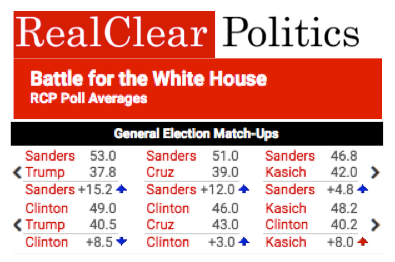Minnesota Republican legislators spent their 2016 election campaigns expressing grave concerns about whether private health insurance companies in the individual market* have sufficient competitive pressure to keep prices down, and whether Minnesotans who live outside of the Twin Cities metropolitan region will have at least one solid coverage option available to them in coming years.
Those are legitimate concerns shared by both parties. But after Republicans won control of the Minnesota House and Senate, they have been unwilling to do one very important thing that that could achieve those two goals. They have been unwilling to give those Minnesotans the option of buying into MinnesotaCare health coverage.
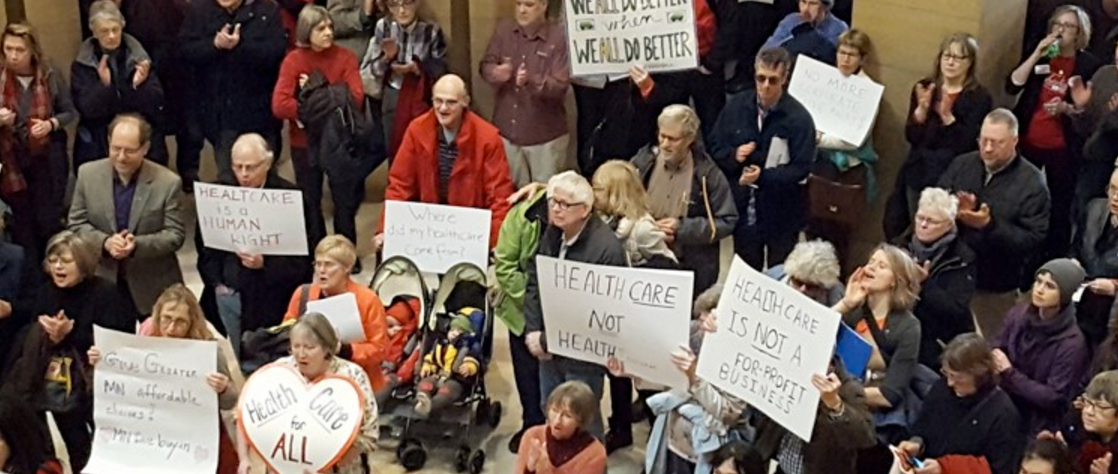
Governor Dayton’s proposed “MinnesotaCare-for-All option” would allow any individual market consumer to buy into the state government-run health plan that has served over 120,000 Minnesotans since 2006. An unsubsidized version of MinnesotaCare would be an available option for all Minnesotans.
In other words, MinnesotaCare for all would be a Minnesota-specific “public option” that would always be there for Minnesotans. MinnesotaCare wouldn’t be able to abandon individual market consumers the way corporate insurance companies can and do. Moreover, MinnesotaCare’s presence in the marketplace will pressure private insurers to offer more competitive prices, because MinnesotaCare’s prices don’t have to account for corporate salaries and profits. Representing the buying power of about a million public plan consumers, the large MinnesotaCare plan should also have leverage to negotiate consumer-friendly reimbursement rates with health care providers, which helps keep premium costs more affordable.
In fact, Governor Dayton’s office estimates that Minnesota families who purchase MinnesotaCare coverage would pay on average about $838 per person less in 2018 than they pay for private coverage in 2017. To secure those long-term annual savings for Minnesota families, a one-time taxpayer investment of $12 million – a relatively tiny drop in the State’s $39 billion annual budget — would be required to establish the option. In subsequent years, no additional taxpayer funds would be needed to keep the lower costs flowing to Minnesotans. The MinnesotaCare-for-All option would be self-sustainable.
If you believe that government-run operations are always less efficient and customer-friendly than corporations, here’s your chance to prove it. If that’s true, comparison shopping Minnesotans will “vote with their feet” by rejecting it en masse. But if it’s not true, Minnesotans in the individual market will finally have the peace of mind that comes with knowing that at least one coverage option will always be there for them and their loved ones.
Given that 71% of Americans support having a similar Medicare-for-All option, a MinnesotaCare-for-All option is likely popular with Minnesotans. Still, Republican state legislators killed the proposal this year.
Minnesota Republicans can’t have it both ways. They can’t reject the MinnesotaCare-for-All option and then turn around blame others if competition is insufficient in some parts of Minnesota, or if corporate insurers’ prices prove to be unaffordable to many Minnesotans. No one can know for sure if this idea will work, but if Republicans are unwilling to give things like this a try to help vulnerable consumers, then Minnesota voters should hold them accountable for their obstructionism.
*(Note: The “individual market” is made up of the 10 percent of Minnesotans who a) can’t get insurance through their employer and b) whose incomes are not low enough to quality for either of Minnesota’s two publicly subsidized health insurance plans — Medical Assistance (Minnesota’s version of Medicare) for very low-income citizens or MinnesotaCare a subsidized option for the working poor. Last year, about 250,000 consumers bought coverage in Minnesota’s individual market.)

 As the 2017 Minnesota legislative session heads into the home stretch and President Trump is
As the 2017 Minnesota legislative session heads into the home stretch and President Trump is  Not Feeling The Mandate. Trump mandate? What mandate? Most Minnesotans don’t like Trump’s policies any better than they like him personally. About two-thirds (
Not Feeling The Mandate. Trump mandate? What mandate? Most Minnesotans don’t like Trump’s policies any better than they like him personally. About two-thirds ( Okay With O’Care. Then there is Obamacare. Republicans seem supremely confident that Obamacare is wildly unpopular. But a narrow plurality of Minnesotans actually is okay with it.
Okay With O’Care. Then there is Obamacare. Republicans seem supremely confident that Obamacare is wildly unpopular. But a narrow plurality of Minnesotans actually is okay with it.  But for the long haul, Democrats need to set their sights higher than Obamacare. They must become full-throated champions for allowing Americans the option of buying into the Medicare system. Here are five reasons why:
But for the long haul, Democrats need to set their sights higher than Obamacare. They must become full-throated champions for allowing Americans the option of buying into the Medicare system. Here are five reasons why: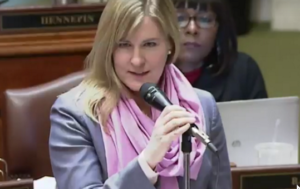 When it comes to
When it comes to 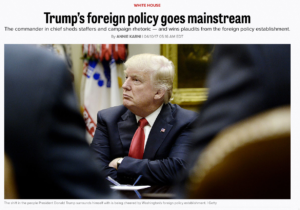 After a few TV-friendly bombings this week, many in the mainstream media and pundit-o-sphere are falling all over themselves to declare President Trump mainstream. That’s right, it seems our Muslim-banning, emoluments-pimping, Russia-colluding, climate change-denying, serial-lying President is now pretty much equivalent to Obama, the Bushes, the Clintons, Reagan and Ford.
After a few TV-friendly bombings this week, many in the mainstream media and pundit-o-sphere are falling all over themselves to declare President Trump mainstream. That’s right, it seems our Muslim-banning, emoluments-pimping, Russia-colluding, climate change-denying, serial-lying President is now pretty much equivalent to Obama, the Bushes, the Clintons, Reagan and Ford. Let’s also remember that in the same week the media declared Trump mainstream, we learned that a federal judge
Let’s also remember that in the same week the media declared Trump mainstream, we learned that a federal judge  Republicans — ever eager to show they are in touch with the values of ordinary Minnesotans — are very fond of drawing analogies between household budgeting and government budgeting. Former Governor Tim Pawlenty was especially keen on talking about the virtues of “kitchen table budgeting.”
Republicans — ever eager to show they are in touch with the values of ordinary Minnesotans — are very fond of drawing analogies between household budgeting and government budgeting. Former Governor Tim Pawlenty was especially keen on talking about the virtues of “kitchen table budgeting.”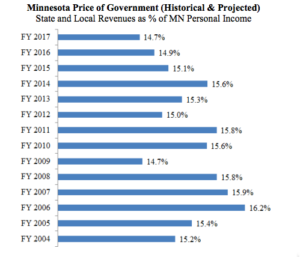 More to the point, families typically don’t cut the family budget — across the board or otherwise — when the family finances are stable or improving. I promise you, this is not heard at very many kitchen tables: “Okay sweetie, we’re financially comfortable and stable right now, but let’s cut the household budget deeply anyway!”
More to the point, families typically don’t cut the family budget — across the board or otherwise — when the family finances are stable or improving. I promise you, this is not heard at very many kitchen tables: “Okay sweetie, we’re financially comfortable and stable right now, but let’s cut the household budget deeply anyway!”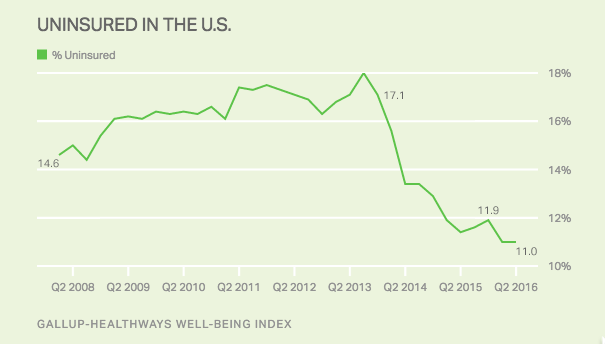 And despite years of heavily-financed and relentless attacks on the model, most Americans now have a
And despite years of heavily-financed and relentless attacks on the model, most Americans now have a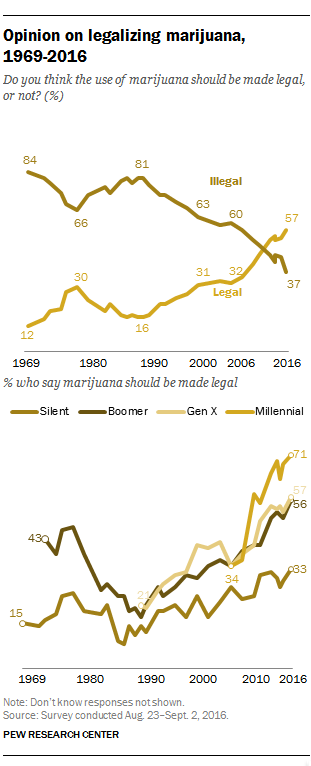 I recently wrote to Minnesota legislators to ask them to end marijuana prohibition, as many states have recently done. The responses I’ve received have been disappointing, not because they disagreed with me, but because they were utterly vacuous.
I recently wrote to Minnesota legislators to ask them to end marijuana prohibition, as many states have recently done. The responses I’ve received have been disappointing, not because they disagreed with me, but because they were utterly vacuous.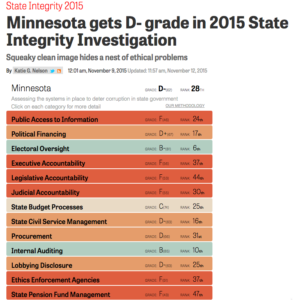 When Republicans took over the Minnesota House of Representatives, they got their chance to show Minnesotans their preferred style of governing.
When Republicans took over the Minnesota House of Representatives, they got their chance to show Minnesotans their preferred style of governing.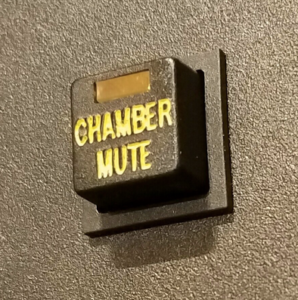 The reality of the mute button is pretty horrifying. Regulating debate should continue to be done with the traditional, predictable, and ever-civil Mason’s Manual of Legislative Procedure, not the impulsive flick of a politicians’ index finger. Mason’s doesn’t need a mute.
The reality of the mute button is pretty horrifying. Regulating debate should continue to be done with the traditional, predictable, and ever-civil Mason’s Manual of Legislative Procedure, not the impulsive flick of a politicians’ index finger. Mason’s doesn’t need a mute.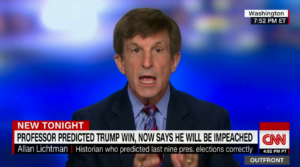 There’s a popular theory among the chattering classes that Trump will be impeached fairly soon. It goes something like this: Republican members of Congress are getting very sick of Trump, because of his incompetence, conflicts-of-interest, Putin slavishness, and overall lunacy. Long-term, they worry that Trump will hurt their brand with the non-extreme swing voters they need to win elections.
There’s a popular theory among the chattering classes that Trump will be impeached fairly soon. It goes something like this: Republican members of Congress are getting very sick of Trump, because of his incompetence, conflicts-of-interest, Putin slavishness, and overall lunacy. Long-term, they worry that Trump will hurt their brand with the non-extreme swing voters they need to win elections.
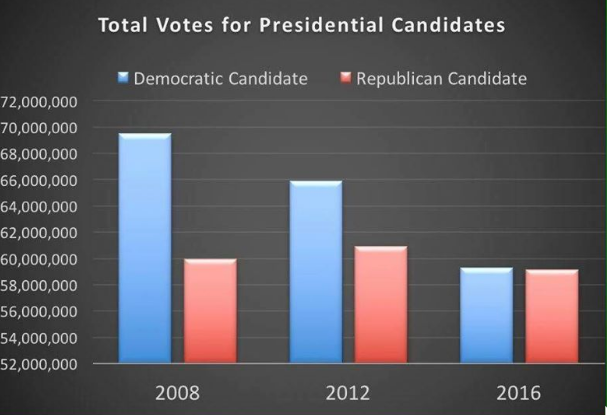
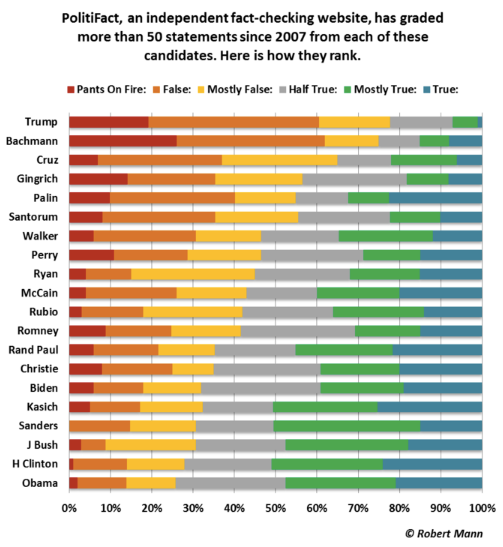
 Washington, DC — Just as the holiday season can be difficult for those who have recently lost loved ones, election time is a horrific time for those suffering from a little discussed condition known as Decision Deficit Disorder (DDD).
Washington, DC — Just as the holiday season can be difficult for those who have recently lost loved ones, election time is a horrific time for those suffering from a little discussed condition known as Decision Deficit Disorder (DDD).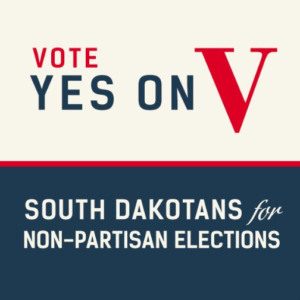 When I heard about the constitutional amendment on the South Dakota ballot to make all
When I heard about the constitutional amendment on the South Dakota ballot to make all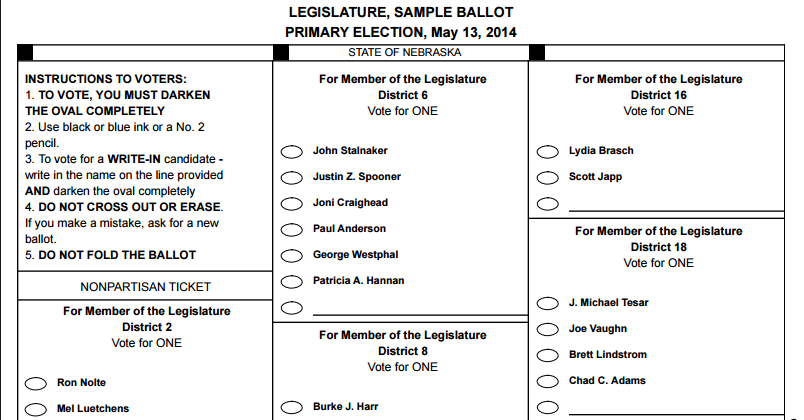
 Once every ten years, all states redraw state and congressional legislative district lines, so that the new boundaries reflect population changes that have occurred in the prior decade. In both Minnesota and South Dakota, elected state legislators draw those district map lines, and the decision-making is dominated by leaders of the party or parties in power.
Once every ten years, all states redraw state and congressional legislative district lines, so that the new boundaries reflect population changes that have occurred in the prior decade. In both Minnesota and South Dakota, elected state legislators draw those district map lines, and the decision-making is dominated by leaders of the party or parties in power.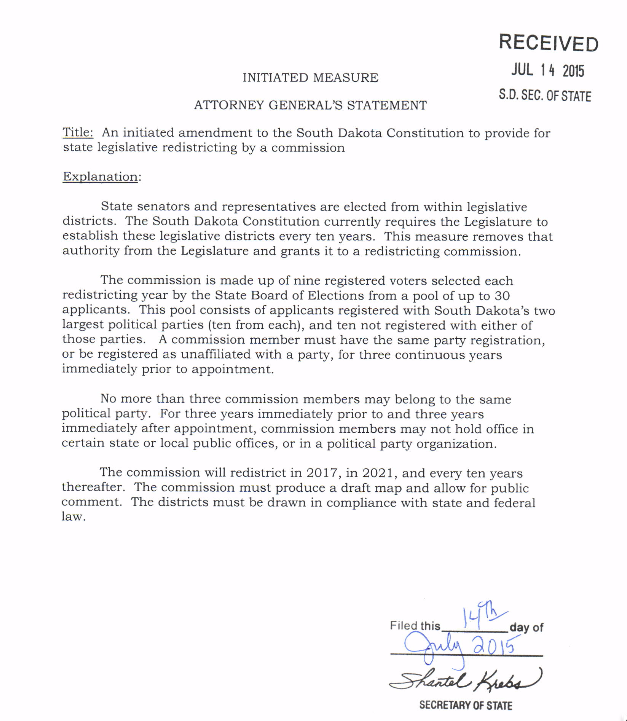 The basic rationale behind Amendment T is this: Elected officials have a direct stake in how those district boundaries are drawn, so giving them the power to draw the maps can easily lead to either the perception or reality of self-serving shenanigans.
The basic rationale behind Amendment T is this: Elected officials have a direct stake in how those district boundaries are drawn, so giving them the power to draw the maps can easily lead to either the perception or reality of self-serving shenanigans.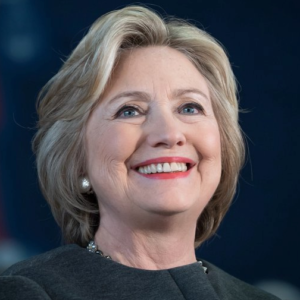 Though I’m a solid Hillary Clinton supporter, I don’t particularly relish defending her at water coolers, dinner tables and social media venues. When defending Hillary Clinton to those who hoped for more, I often feel like I do when defending the Affordable Care Act (ACA) to those who hoped for more.
Though I’m a solid Hillary Clinton supporter, I don’t particularly relish defending her at water coolers, dinner tables and social media venues. When defending Hillary Clinton to those who hoped for more, I often feel like I do when defending the Affordable Care Act (ACA) to those who hoped for more. When I started seeing ads and social media chatter about former Republican Governor Gary Johnson running for President, I went to
When I started seeing ads and social media chatter about former Republican Governor Gary Johnson running for President, I went to 
 So communications strategists typically identify a small number of messages or themes that they strive to repeat and stress above all the others. They’re often called “key messages,” or “frames.”
So communications strategists typically identify a small number of messages or themes that they strive to repeat and stress above all the others. They’re often called “key messages,” or “frames.”
 As a Sanders supporter, I concede there are many valid reasons to worry about him. But one of the biggest “go-to” criticisms used by Senator Hillary Clinton and her supporters strikes me as simplistic and overblown. More importantly, her focus on that issue makes me worry that she perhaps doesn’t truly understand what it takes to be an effective general election candidate and President.
As a Sanders supporter, I concede there are many valid reasons to worry about him. But one of the biggest “go-to” criticisms used by Senator Hillary Clinton and her supporters strikes me as simplistic and overblown. More importantly, her focus on that issue makes me worry that she perhaps doesn’t truly understand what it takes to be an effective general election candidate and President.